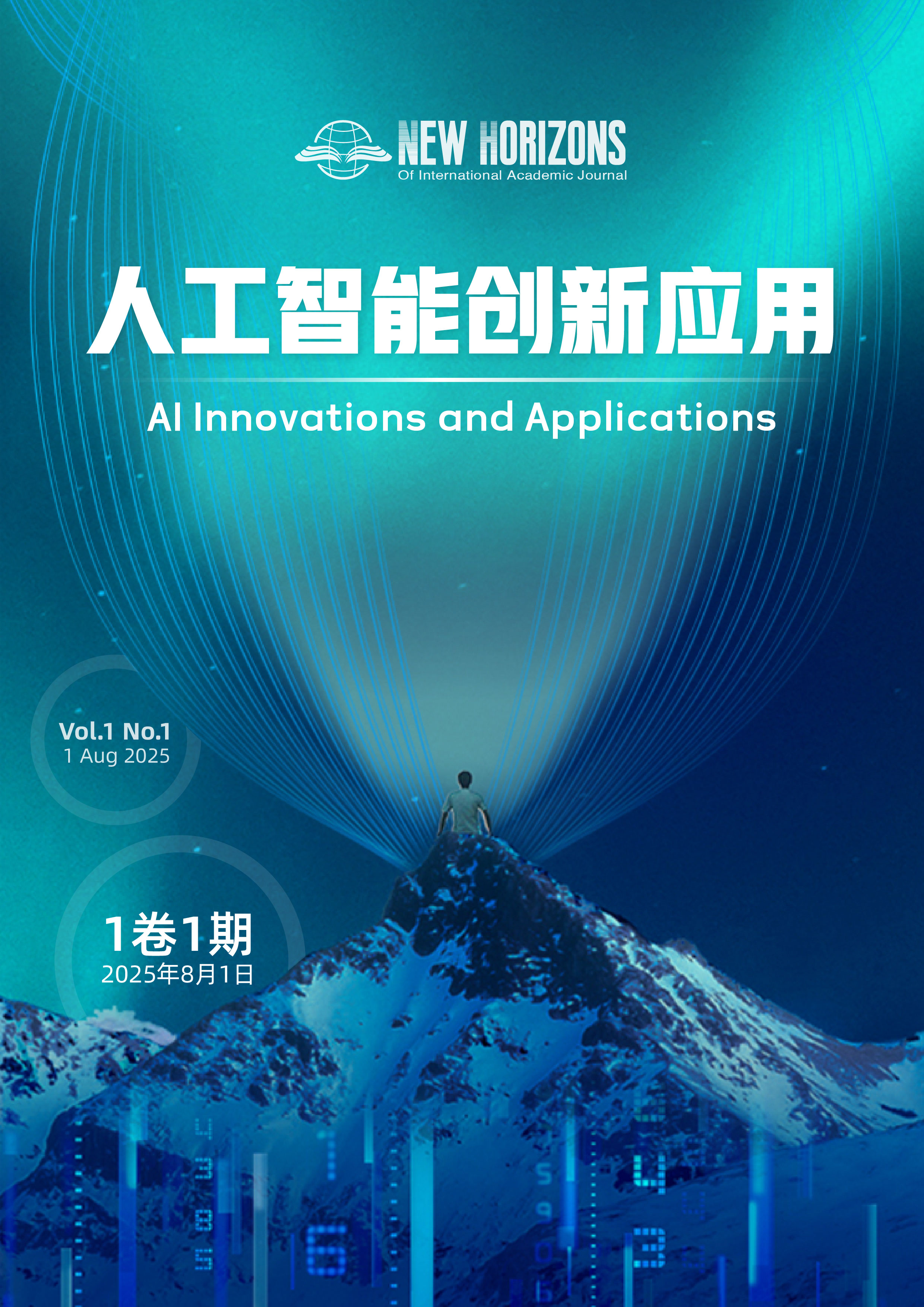Optimizing real-time data preprocessing in IoT-based fog computing using machine learning algorithms
DOI:
https://doi.org/10.63944/s0ykdr89Keywords:
Data privacy;Dynamic adaptability;IoT fog computing;Latency reduction;Machine learning algorithms;Real-time data preprocessing;Resource efficiencyAbstract
In the era of the internet of things (IoT), managing the massive influx of data with minimal latency is crucial, particularly within fog computing environments that process data close to its origin. Traditional methods have been inadequate, struggling with the high variability and volume of IoT data, which often leads to processing inefficiencies and poor resource allocation. To address these challenges, this paper introduces a novel machine learning driven approach named real-time data preprocessing in IoT-based fog computing using machine learning algorithms (IoT-FCML). This method dynamically adapts to the changing characteristics of data and system demands. The implementation of IoT-FCML has led to significant performance enhancements: it reduces latency by approximately 0.26%, increases throughput by up to 0.3%, improves resource efficiency by 0.20%, and decreases data privacy overhead by 0.64%. These improvements are achieved through the integration of smart algorithms that prioritize data privacy and efficient resource use, allowing the IoT-FCML method to surpass traditional preprocessing techniques. Collectively, the enhancements in processing speed, adaptability, and data security represent a substantial advancement in developing more responsive and efficient IoT-based fog computing infrastructures, marking a pivotal progression in the field.
References
[1] S. Jha and D. Tripathy, “Low latency consistency based protocol for fog computing systems using CoAP with machine learning,”
in 2023 2nd International Conference for Innovation in Technology (INOCON), 2023, pp. 1–6, doi: 10.1109/INOCON57975.2023.10101176.
[2] D. Majumder and S. M. Kumar, “A review on resource allocation methodologies in fog/edge computing,” in 2022 8th International Conference on Smart Structures and Systems (ICSSS), 2022, pp. 1–4, doi: 10.1109/ICSSS54381.2022.9782175.
[3] M. L. Umashankar, S. Mallikarjunaswamy, N. Sharmila, D. M. Kumar, and K. R. Nataraj, “A survey on IoT protocol in real-time applications and its architectures,” in ICDSMLA 2021: Proceedings of the 3rd International Conference on Data Science, Machine Learning and Applications, 2023, pp. 119–130, doi: 10.1007/978-981-19-5936-3_12.
[4] I. Azimi, A. Anzanpour, A. M. Rahmani, P. Liljeberg, and T. Salakoski, “Medical warning system based on internet of things using fog computing,” in 2016 International Workshop on Big Data and Information Security (IWBIS), 2016, pp. 19–24, doi: 10.1109/IWBIS.2016.7872884.
[5] J. Honnegowda, K. Mallikarjunaiah, and M. Srikantaswamy, “An efficient abnormal event detection system in video surveillance using deep learning-based reconfigurable autoencoder,” Ingenierie des Systemes d’Information, vol. 29, no. 2, pp. 677–686, 2024, doi:10.18280/isi.290229.
[6] B. Natarajan, S. Bose, N. Maheswaran, G. Logeswari, and T. Anitha, “A survey: an effective utilization of machine learning algorithms in IoT based intrusion detection system,” in 2023 12th International Conference on Advanced Computing (ICoAC), 2023, pp. 1–7, doi:10.1109/ICoAC59537.2023.10249672.
[7] V. Venkataramanan, G. Kavitha, M. R. Joel, and J. Lenin, “Forest fire detection and temperature monitoring alert using IoT and machine learning algorithm,” in 2023 5th International Conference on Smart Systems and Inventive Technology (ICSSIT), 2023, pp. 1150–1156, doi: 10.1109/ICSSIT55814.2023.10061086.
[8] M. Abedi and M. Pourkiani, “Resource allocation in combined fog-cloud scenarios by using artificial intelligence,” in 2020 Fifth International Conference on Fog and Mobile Edge Computing (FMEC), 2020, pp. 218–222, doi: 10.1109/FMEC49853.2020.9144693.
[9] S. Mallikarjunaswamy, N. M. Basavaraju, N. Sharmila, H. N. Mahendra, S. Pooja, and B. L. Deepak, “An efficient big data gathering in wireless sensor network using reconfigurable node distribution algorithm,” in 2022 Fourth International Conference on Cognitive Computing and Information Processing (CCIP), 2022, pp. 1–6, doi: 10.1109/CCIP57447.2022.10058620.
[10] H. K. Bharadwaj et al., “A review on the role of machine learning in enabling IoT based healthcare applications,” IEEE Access, vol. 9, pp. 38859–38890, 2021, doi: 10.1109/ACCESS.2021.3059858.
[11] M. Varun, K. Kesavraj, S. Suman, and X. S. Raj, “Integrating IoT and machine learning for enhanced forest fire detection and temperature monitoring,” in 2023 3rd International Conference on Innovative Mechanisms for Industry Applications (ICIMIA), 2023, pp. 152–158, doi: 10.1109/ICIMIA60377.2023.10426108.
[12] V. Gowrishankar, T. Jayakumar, S. Parameswaran, M. Senthilkumar, S. Lekashri, and B. R. Kumar, “Patient health monitoring using fog and edge computing,” in 2023 International Conference on Sustainable Communication Networks and Application (ICSCNA), 2023, pp. 250–256, doi: 10.1109/ICSCNA58489.2023.10370652.
Downloads
Published
Issue
Section
License
Copyright (c) 2025 Al lnnovations and Applications

This work is licensed under a Creative Commons Attribution 4.0 International License.









